
9 eCommerce List Building Strategies For 2025
You’ve set up your eCommerce store, built a great product catalog, and even launched a few ad campaigns. But no matter what you do, your email list just won’t grow. Sounds familiar?
List building is one of the biggest challenges for online store owners, especially when most visitors leave your site without making a purchase or giving you a way to reach them again. Without a strong email list, you’re missing out on one of the most cost-effective ways to drive repeat sales, recover abandoned carts, and boost your customer lifetime value.
In this post, we’ll walk you through proven eCommerce list building tips and strategies, whether you’re just getting started or want to optimize your current tactics. From smart incentives to automation tricks, this guide will help you build a list that actually converts.
Looking for an affordable email marketing tool for your eCommerce business?
Get advanced eCommerce functionality from $9/month.
Try Moosend1. Offer a Valuable Incentive
If you want to persuade people to hand over their email, you need to give them a good reason to do so. Generic incentives such as updates and news may not work well for eCommerce stores.
Instead, your email signup forms should include lead magnets that feel immediate and useful. What counts as an effective incentive? Let’s see:
- Discounts for first-time purchases: These are great for new visitors with purchase intent. Make sure the discount code reaches their inbox right away with an automated email.
- Free shipping: This incentive is ideal for stores where shipping costs are high or if you’re trying to boost AOV by bundling the offer with a minimum spend.
- Exclusive or early access to sales and product drops: This works well for fashion, beauty, or limited-edition products. It creates FOMO and builds a loyal, returning audience.
- Digital freebies or mini guides: This incentive is best for stores selling lifestyle, wellness, or niche products. It helps position your brand as helpful and build trust with the audience, not just make sales.
It’s vital to remember that a compelling incentive doesn’t have to cost a lot. It just needs to feel valuable from the customer’s perspective. Finally, you can A/B test two incentives (e.g., discount vs. free shipping) to see what performs best for your business.
2. Use Quizzes and Surveys
Quizzes and surveys are particularly effective eCommerce list building strategies for online retailers. Not only do they help you gather information about your customers’ preferences and needs, but they also filter out uninterested users in a natural way.
You can ask fun questions like “What’s your ideal skincare routine?”. At the end, require an email address to send the results along with tailored product recommendations.
Here’s an example to get inspired:
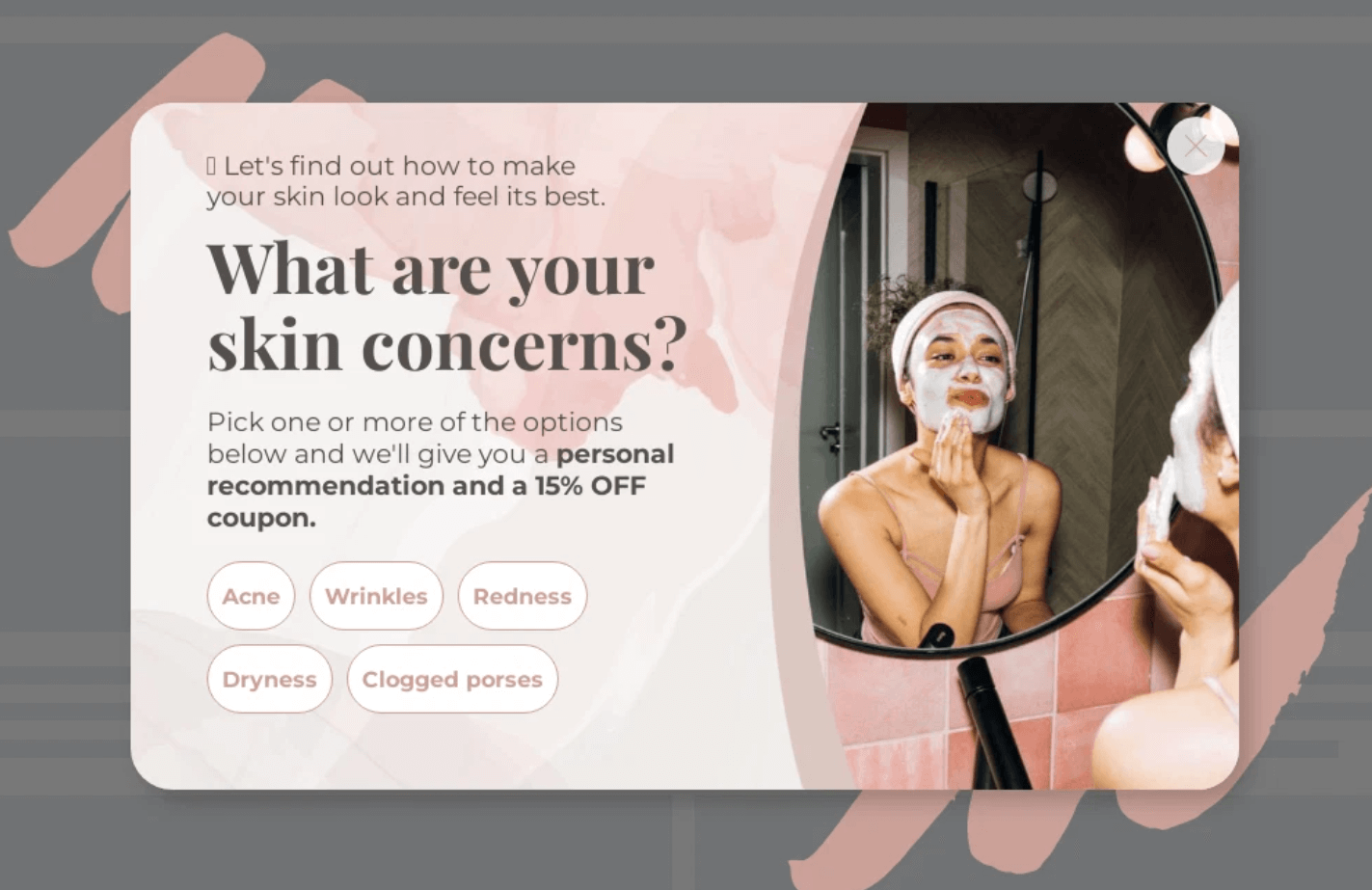
You could argue that a quiz could potentially deter some users from completing it since it has more steps than a simple popup. However, with this strategy you collect higher quality leads that are easier to market to.
Based on their answers, you can create highly specific segments and recommend relevant products, potentially increasing your revenue.
3. Leverage Checkout and Post-Purchase Opportunities
Your checkout process is a great opportunity to grow your email list with warm, high-intent users. These are customers who already trust you enough to buy. Why not invite them to stay connected by adding an opt-in during checkout?
Most eCommerce platforms like Shopify, WooCommerce, and BigCommerce collect customer emails for order confirmation. But that doesn’t automatically give you permission to send marketing emails, especially in GDPR-compliant regions.
What you can do is add a simple checkbox with a clear value proposition (e.g., “Yes, send me exclusive offers and product updates”). This small change keeps your marketing list clean and compliant while encouraging customers to opt in willingly.
You can take things a step further using your post-purchase thank-you pages. After checkout, customers feel good, so you can capitalize on this. Try the following:
- Invite them to join your VIP club or loyalty program.
- Offer a discount on their next purchase if they subscribe.
4. Combine with Your Social Media Channels
Social media is great for visibility, and you may already have a strong following on Instagram, TikTok, or Facebook. However, followers don’t always equal customers. To grow your online store, you can move that audience to a channel you actually own, your email list.
Start by making email signups part of your social content. For example, you can create an Instagram bio CTA like this one: “🎁 Join our list for 10% off your first order — link below!”. The link will direct users to a landing page or a pop-up form.
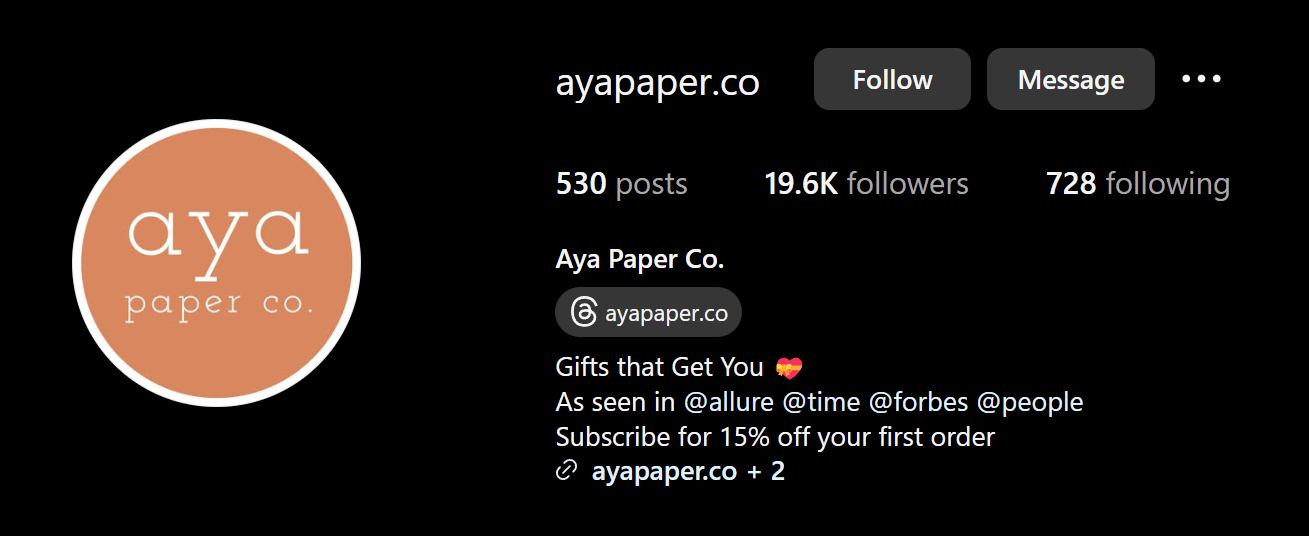
Another idea is to post Instagram and Facebook stories to encourage signups. You can tease new products or services by saying something like “Want to see our new collection early? Sign up to get first dibs 👀” and place a link sticker or use a swipe-up link.
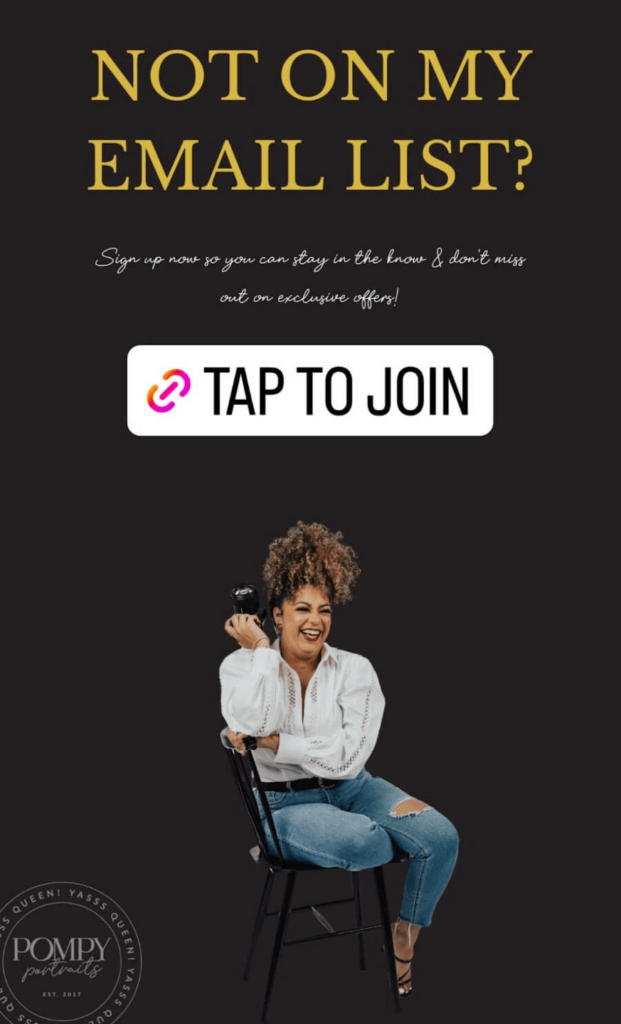
For TikTok, you can place a CTA in the caption or comments like this one: “We’re giving away 3 bundles to email subscribers—link in bio to enter.”
The key here is to give people a reason to subscribe, not simply say “join our newsletter”. Whether you offer early access, discounts, exclusive drops, or giveaways, make the value obvious.
Here are a few quick tips to maximize list growth from social channels:
- Always include a signup CTA in your Linktree or link-in-bio tools.
- Pin posts or stories that promote your email list.
- A/B test different offers (e.g., discounts vs. early access) to see what drives more signups.
5. Run Paid Ads on Social Media
Usually, online stores run ads purely to sell products. This can get expensive, especially if someone isn’t ready to purchase yet. Instead, you can try running ads in the form of email capture campaigns to warm up cold audiences. Let’s see how you can do it.
First, create a Facebook/Instagram ad that promotes a discount, gift guide, or quiz. Direct users to a dedicated landing page with a signup form. Once they subscribe, follow up with automated emails to convert them.
This eCommerce list building tactic not only lowers your cost-per-acquisition, but it also builds a list of people who have already shown interest in your brand.
6. Create Lead Generation Landing Pages
A dedicated landing page gives you complete control over the signup experience. It focuses on a single goal and works incredibly well when paired with paid ads, influencer links, or social campaigns.
For example, you can create early access waitlist landing pages.
Suppose you have a clothing store and want to launch a new summer collection. Instead of just teasing it on Instagram, you can create a simple landing page that offers subscribers 24-hour early access, along with an exclusive discount, when they sign up.
When someone clicks the link in your Instagram bio or swipes up one of your stories, they land on this focused page.
Need a few tips for high-converting landing pages? Here are some key strategies to follow:
- Craft a clear headline that tells visitors exactly what they’re getting (e.g., “Get Early Access to Our Summer Drop”)
- Use a single CTA with a short form
- Make your pages mobile-friendly
- Add social proof (testimonials, review snippets, how many people have signed up)
- Customize for the source (e.g., if they’re coming from an ad, match the message)
You can also use dynamic elements to personalize your landing page. Tools like Moosend’s landing page builder let you tailor the experience based on the source, location, or user behavior, so a visitor from an Instagram ad can see slightly different messaging than one from an email campaign.
7. Gamify the Signup Experience
Offering incentives (e.g., a 10% discount) is great, but predictable. But when you turn eCommerce list building into a mini game, users are more likely to interact, engage, and convert. Gamification can also add elements like chance, rewards, or challenges to make the boring task of signing up more interactive.
A prime example of a gamified signup are Spin-to-Win wheels. These tools let visitors “spin” a digital prize wheel in exchange for their email. Potential prizes can include discounts, free shipping, or a bonus product or sample.
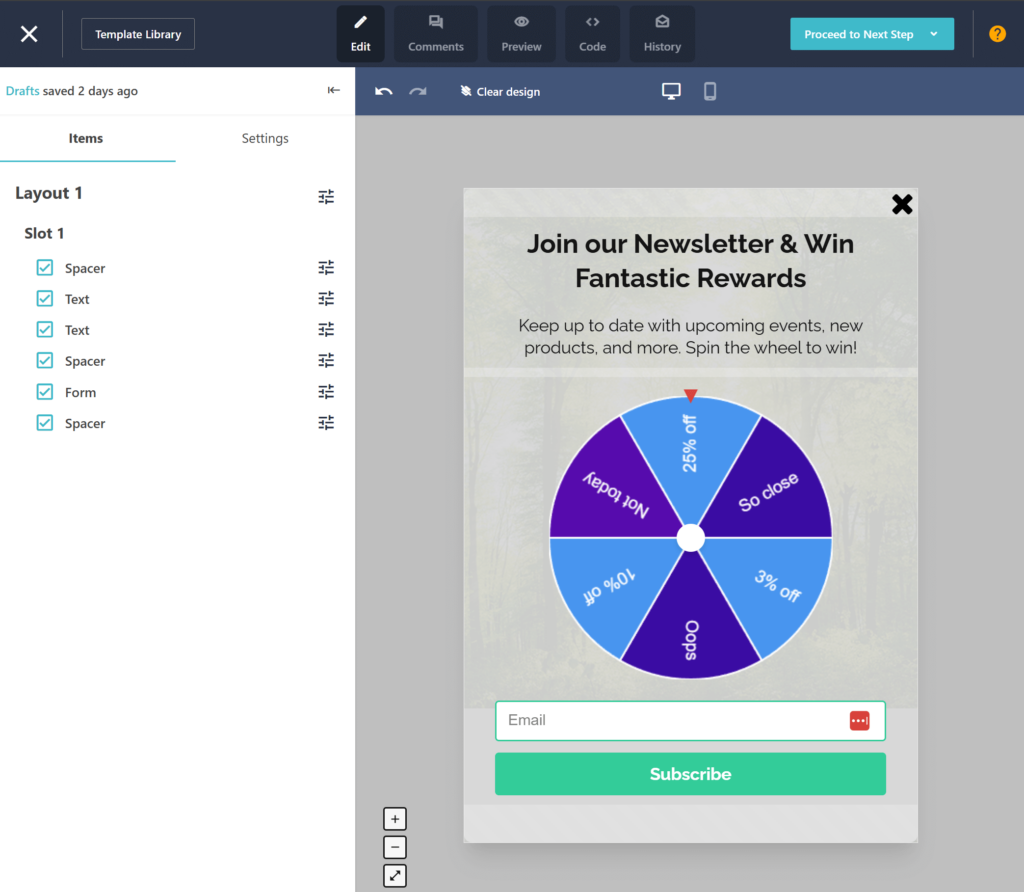
Spin-to-win wheels usually achieve high conversion rates since they feel like a game of chance, and users love feeling they “earned” their reward.
You can also use scratch cards or mystery boxes. Users “scratch” or click to reveal a hidden discount or freebie, but only after they submit their email.
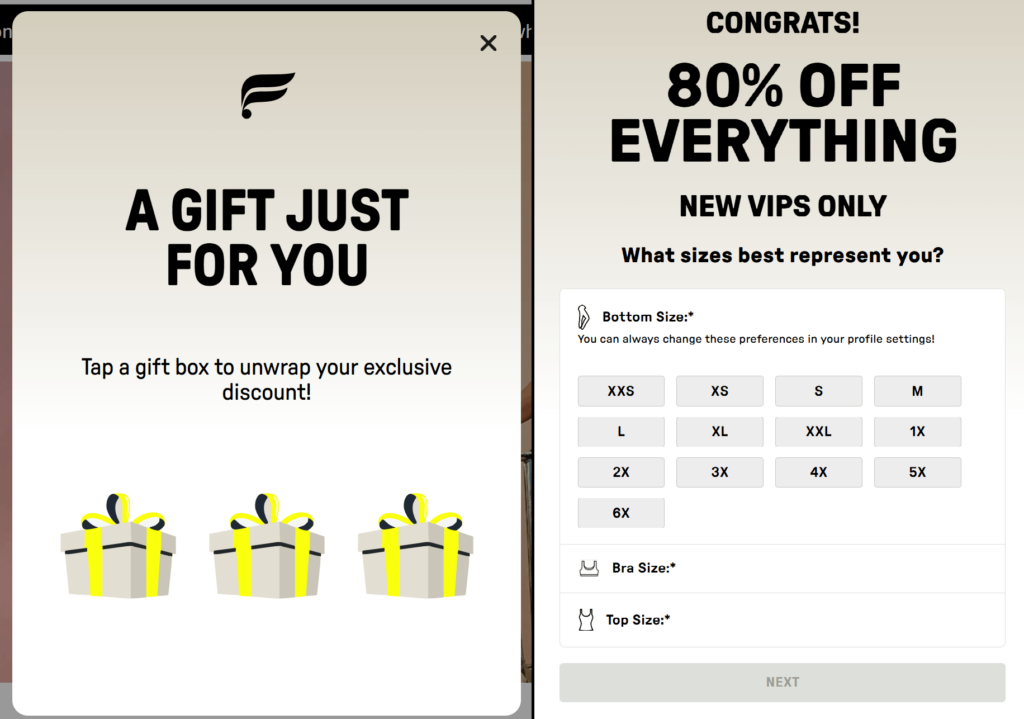
Gamification is especially useful when:
- You want to engage first-time visitors
- You’re running seasonal promos or themed campaigns
- You’re targeting mobile users
It’s also a great way to inject personality into your brand and stand out from competitors using basic pop-ups.
Gamification is easy to set up, so you don’t need advanced skills or developers. You can use a platform like Moosend (built-in gamified form templates), Wheelio, or OptinMonster.
8. Run a Contest or Giveaway
Contests and giveaways are also great eCommerce list building strategies, since people love getting free stuff.
Running these on your eCommerce site gives you several benefits over doing that on social media. First, you have full control over your giveaway. You also own your participants’ contact information. Additionally, you can remarket to them later.
To generate high-quality leads, you must pick a prize relevant to your eCommerce business. For example, if you own an online business with technology products, your giveaway/contest prize should be a smartwatch, not a scarf. Otherwise, you risk attracting “freebie-hunters” that are of no value to you.
Here are a few ideas that you can experiment with:
- A gift card only usable in your shop
- A product bundle from your store
- A limited-edition item or exclusive release
- VIP membership
To increase new subscribers-participants, you can add bonus entries when people perform certain actions like follow you on social media, refer their friends, visit a product page, etc.
Finally, it would be a good idea to announce the winner publicly to build trust with your target audience. This also gives you the opportunity to offer a “consolation” coupon to everyone else.
9. Start a Referral Program
Sometimes your best email list building tool isn’t an email opt-in form or a campaign —it’s your happy customers. With a referral/loyalty program, you can motivate current subscribers to become “brand ambassadors” assisting your email list building efforts.
This marketing strategy is a “word of mouth” type strategy, allowing you to generate high-quality leads that trust you. On top of that, it might have been difficult to reach those leads through traditional advertising methods.
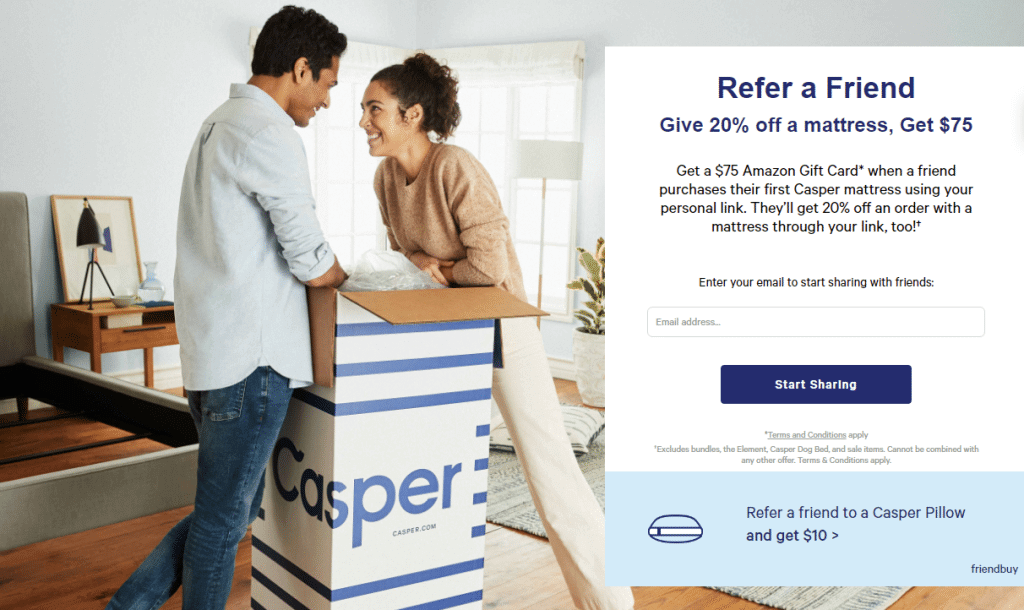
A referral program rewards current customers for inviting friends to your store, usually with a discount, free gift or loyalty points. Essentially, they share a unique referral link to their friends via email or social media. Once the referred friend signs up with their email, both are rewarded.
This win-win scenario makes your customer feel valued (their friend also gets a deal) and you gain a new subscriber and potential customer.
Start Building Your Email List Today
Whether you’re just starting out or looking to scale your online store, these eCommerce list building strategies can help you attract the right people, turn them into subscribers, and eventually, loyal buyers.
Start small. Pick one or two strategies that make sense for your audience. Test a popup with a stronger incentive. Try a giveaway or quiz. Create a landing page for your next product drop. Each step you take brings you closer to building a list that grows your revenue.
And if you’re looking for an all-in-one platform to make this easier, Moosend has everything you need: From drag-and-drop signup forms and landing pages to advanced automation workflows and personalized recommendations. With a 30-day free trial, you can see how to grow and convert your audience organically.



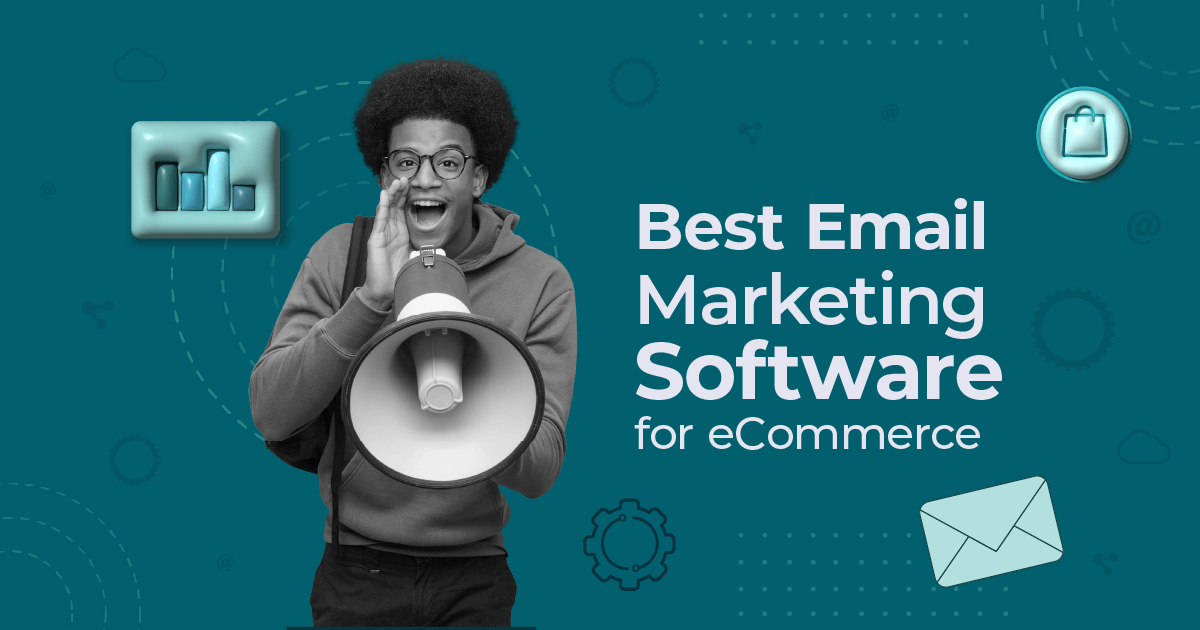
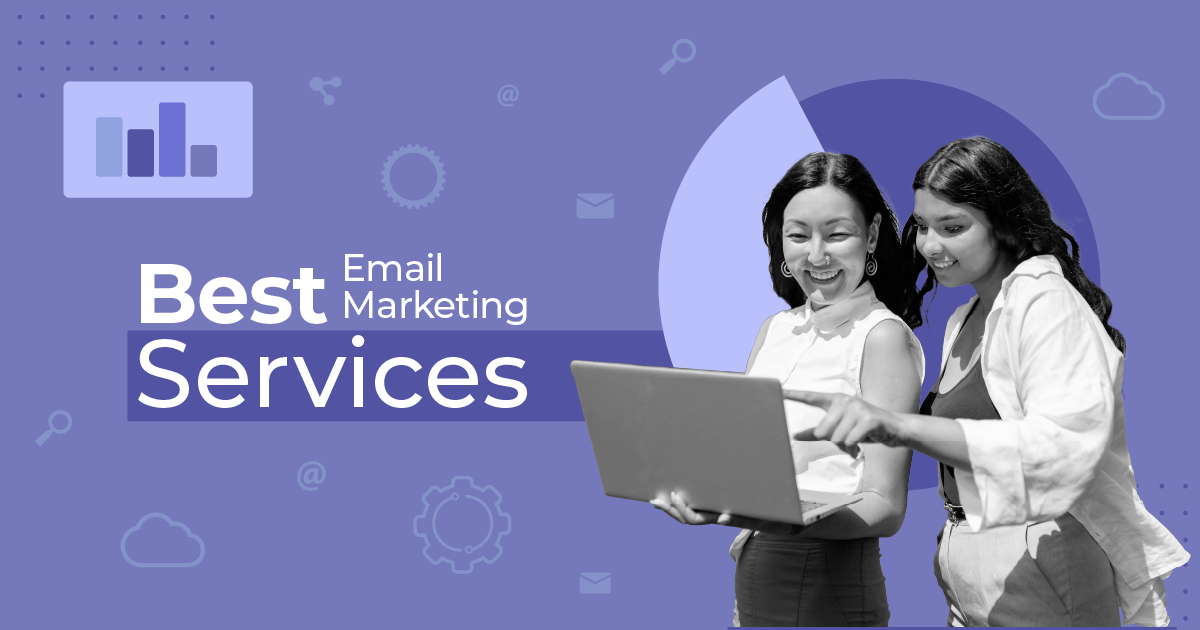

 Published by
Published by